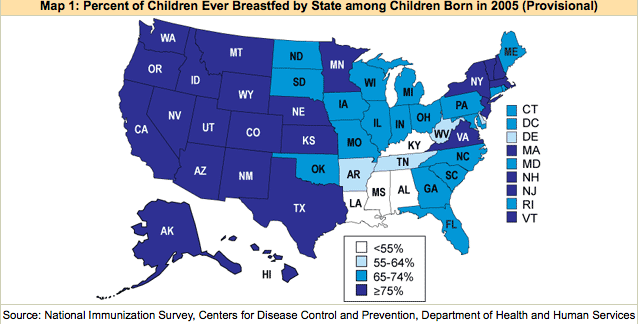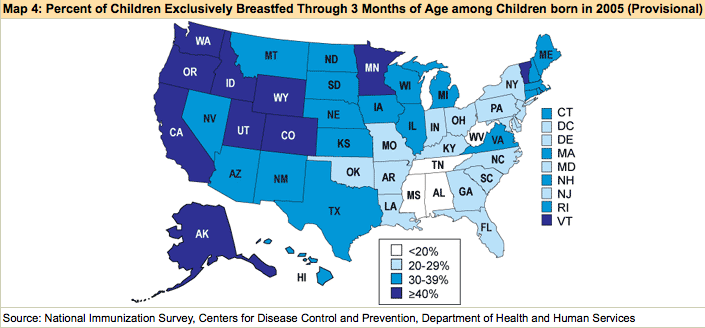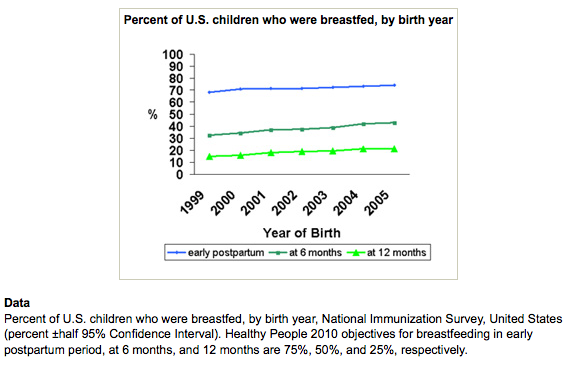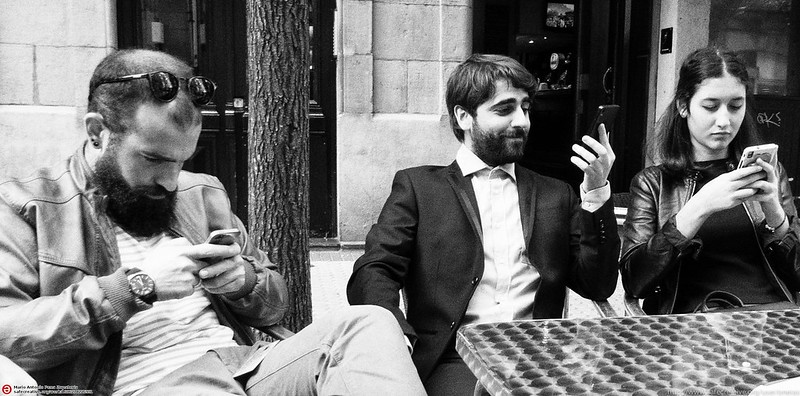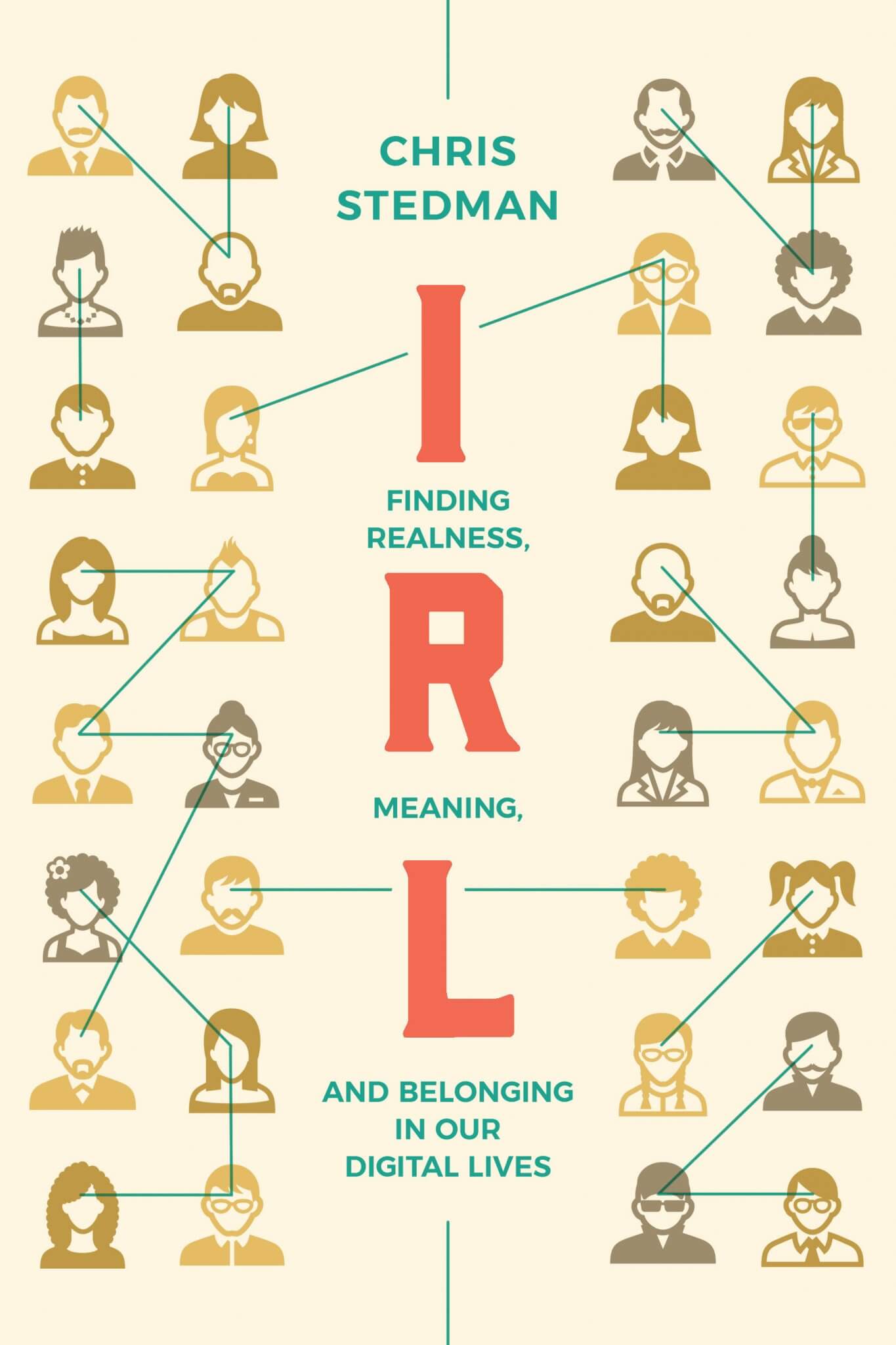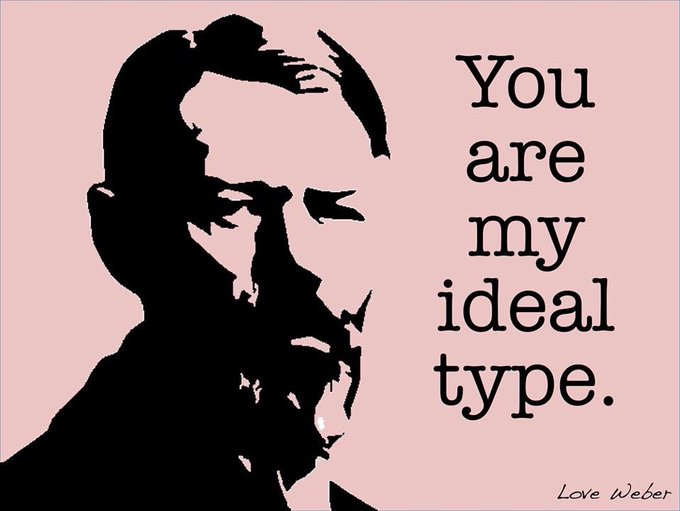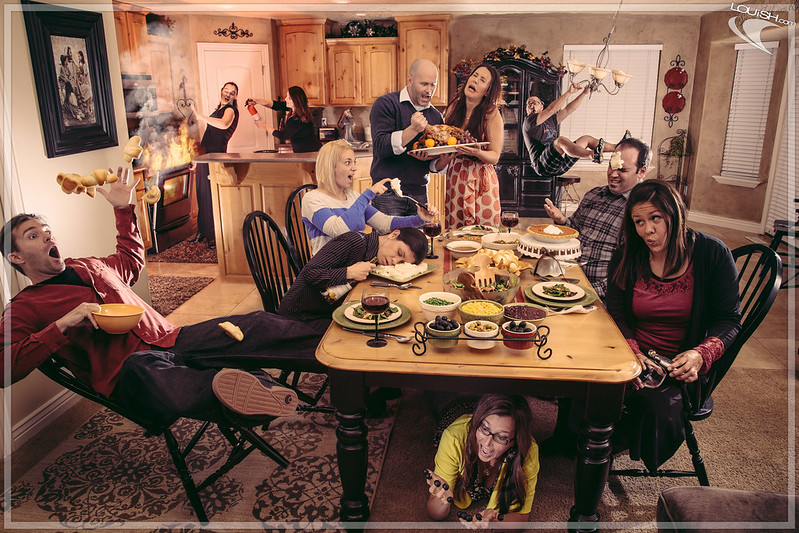
Carolyn Steel answer this question with a long range view (and lots of fascinating information), and points out the problems in our supply chain, in this TED video:
Lisa Wade, PhD is an Associate Professor at Tulane University. She is the author of American Hookup, a book about college sexual culture; a textbook about gender; and a forthcoming introductory text: Terrible Magnificent Sociology. You can follow her on Twitter and Instagram.




